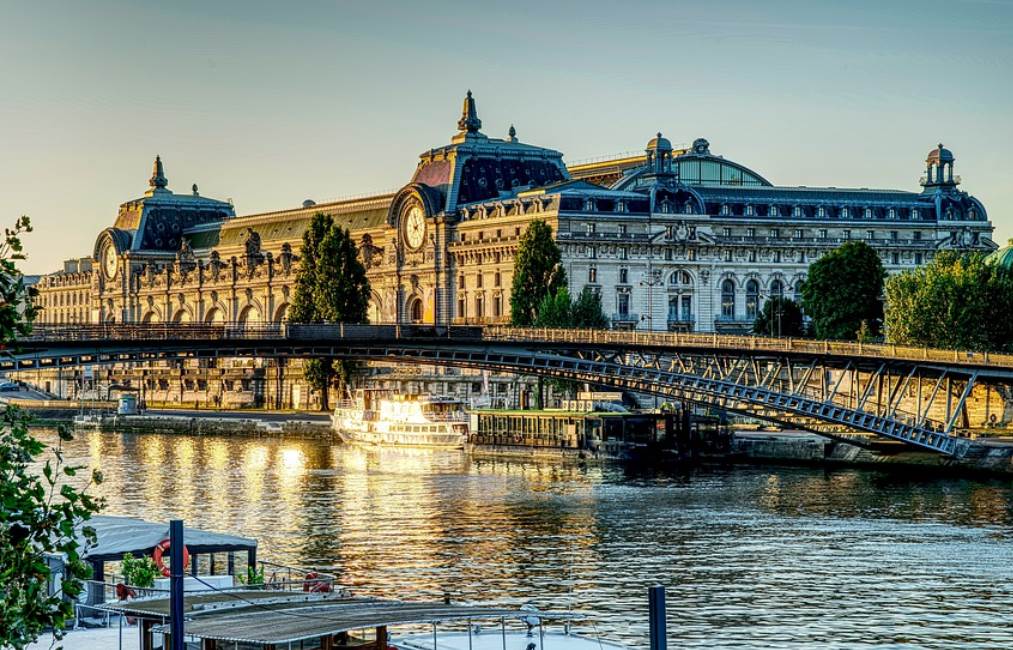Sometimes, a painting embodies a group of people. Very few paintings in the history of art fit this description more than a work produced halfway through the 19th century.
Let’s take a closer look at some of the most interesting facts about The Gleaners by Jean-François Millet, arguably the most famous Realism painting ever that has several interesting stories to tell.
1. It was painted shortly after the French Revolution of 1848
The 19th century was an extremely turbulent one in France. It started with the Napoleonic Wars and the Fall of Napoleon in the first 2 decades and was followed by several revolutions that overthrew the monarchy and governments.
The French Revolution of 1848 is also known as the February Revolution and overthrew the July Monarchy which was established during the Revolution of 1830. This revolution led Eugène Delacroix (1798-1863) to paint the iconic “Liberty Leading the People” (1830).
The 1848 Revolution established the French Second Republic, a government that was short-lived as it ended in 1852.
The King of France, Louis Philippe I (1773-1850), was kicked out, only to be replaced 4 years later by president Louis-Napoléon Bonaparte who crowned himself Emperor Napoleon III.
The Gleaners was painted by Jean-François Millet in the aftermath of these events in 1857, 5 years into the reign of Napoleon III in the Second French Empire (1852-1870).
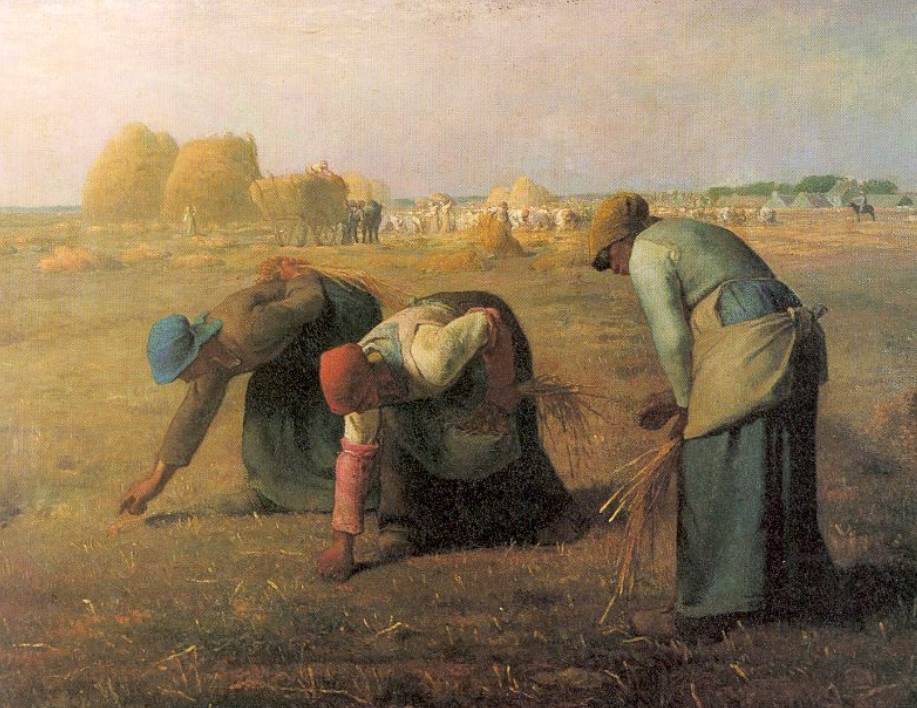
2. It depicts a rural scene near the village of Barbizon
The painting depicts 3 women who are doing an extremely tiresome job called gleaning. This was the process of picking up pieces of wheat that were left behind after the harvest.
It wasn’t commercially viable to harvest these so the only way it could be done was to bend over and pick them up by hand. Needless to say, this job was only done by the lowest classes of society.
The scene takes place near the village of Barbizon in north-central France just south of Paris. This rural town is located on the edge of the Forest of Fontainebleau, the location of the immense Palace of Fontainebleau which was one of the residences of the French monarchs.
It was in this village that a group of artists settled who are considered to be Realism artists. The members of the Barbizon School (1830-1870) mostly produced landscapes during a time that Romantic artists dominated the world of art.
Jean-François Millet (1814-1875) settled in the village in 1849 and distinguished himself by mainly focusing on the peasants with the landscape in the background. The Gleaners is considered to be his best-known work.
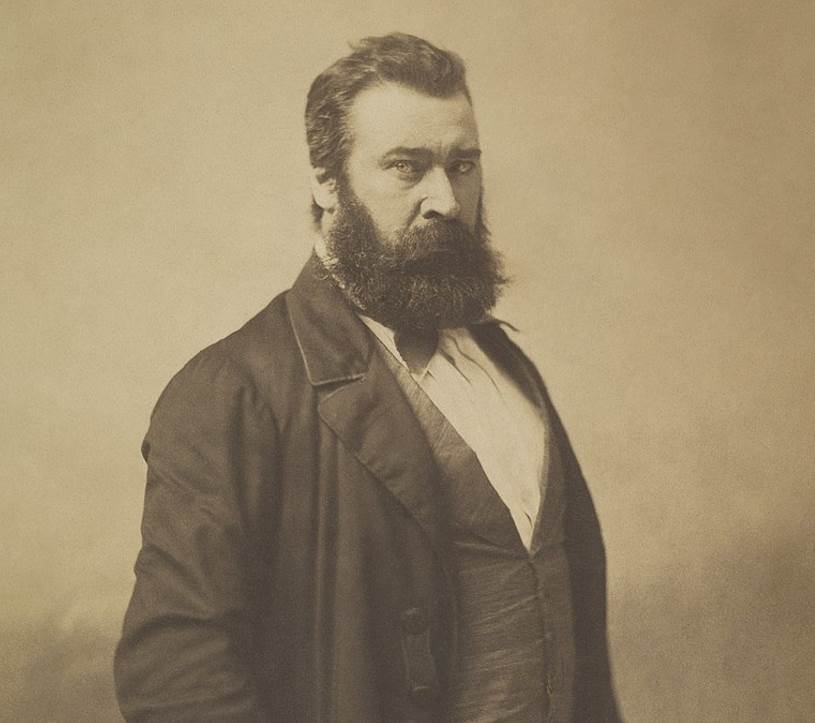
3. It wasn’t the first depiction of this scene that Millet produced
The artist had the utmost respect for the laborers in the area of Barbizon and painted multiple works that depict gleaners. He linked this job to stories from the Book of Ruth in the Hebrew Bible in which gleaning was already explained.
This particular work was the third in which he used this exact composition. He already painted a vertical painting of the same subject in 1854 and produced an etching in 1855.
The etching is part of the collection of the MET in New York City but is not on view in the museum.
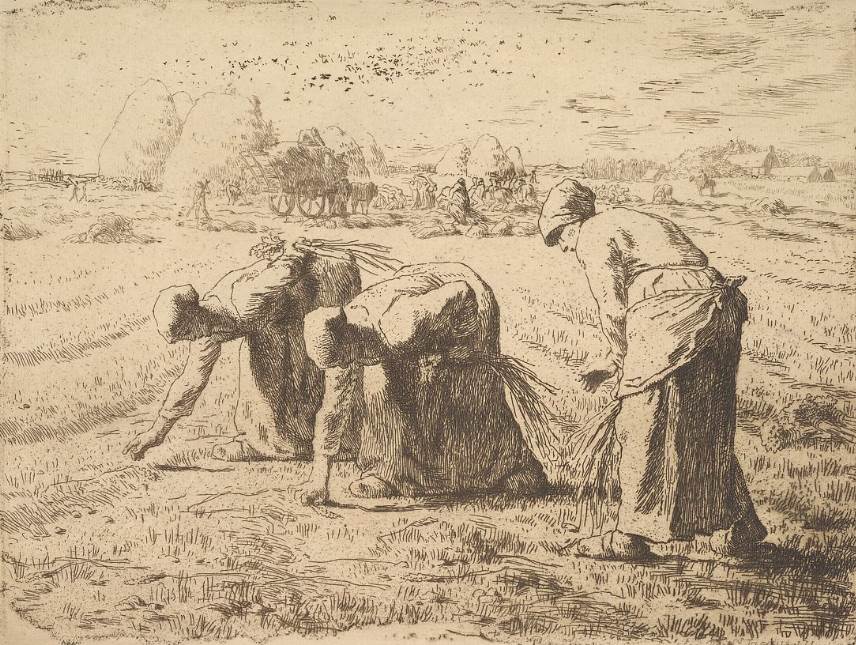
4. The painting wasn’t received well at the Paris Salon of 1857
The painting was displayed at the Paris Salon of 1857, which was the year it was completed. The academic art critics and the members of the upper classes in France were not amused with this work.
They considered it to be a painting that glorified manual laborers of the lower classes. With the Revolution of 1848 still fresh in mind, they feared that it could result in the rise of socialism, which eventually happened.
The painting doesn’t appear to be glorifying the women at all, as they are depicted doing a strenuous task. There are, however, huge stacks of wheat lying in the background, a metaphor for the different status of the rich and the poor.
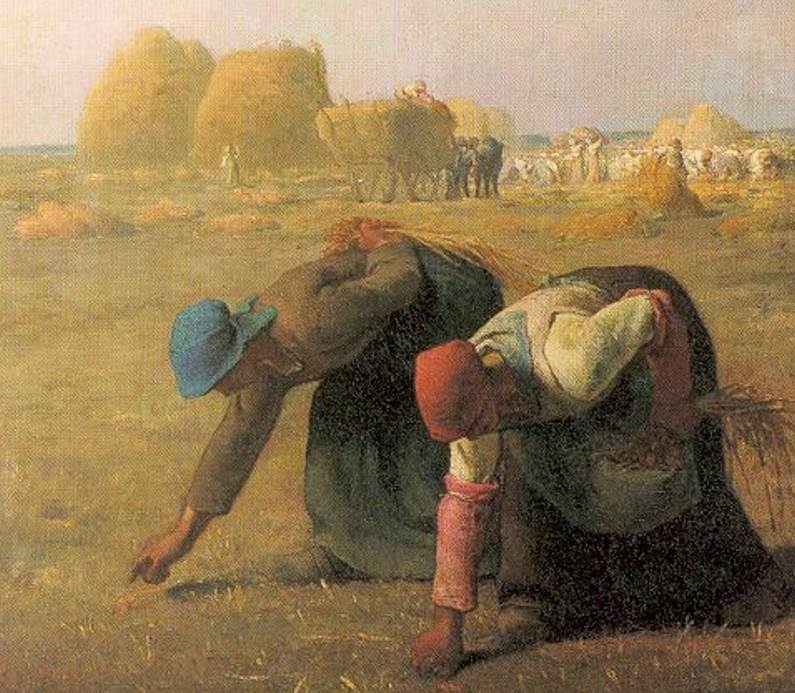
5. The painting sold for 100 times its initial price just 3 decades later
The fact that the painting was received poorly by the members of the upper class in France doesn’t mean that it wasn’t appreciated. Jean-François Millet submitted it to the parish Salon of 1857 with the intent to sell it for 4,000 francs.
He was unlucky enough to only find a greedy Englishman who didn’t want to pay more than 3,000 francs for it. He eventually sold it for this price which was much less than he had hoped for.
What’s remarkable is that the painting was sold again in 1889. A banker named Ferdinand Bischoffsheim managed to sell it for 300,000 francs to what was then an anonymous buyer at an auction, 100 times the amount it sold for just over 3 decades earlier.
6. The painting had a great influence on the world of art
Jean-François Millet could have never believed that this particular painting would end up becoming one of the most iconic images of the 19th century.
The artist passed away in 1875 and the painting was copied multiple times by some of the most renowned artists of the late 19th-century and beyond. It’s the epitome of what the realism movement stood for.
The hunched women working on the fields around Barbizon have become symbols of the working class.
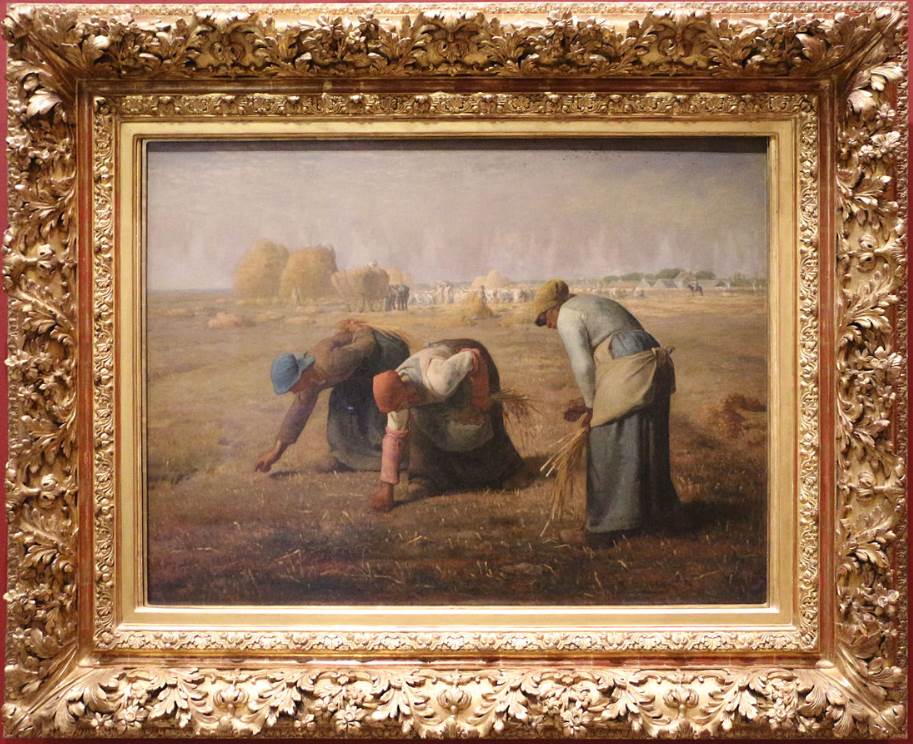
7. How big is The Gleaners by Jean-François Millet?
Most paintings depicting laborers were relatively small, so the painting was criticized for being too big as well by the rich visitors of the Paris Salon of 1857. Large paintings were considered to be reserved for historical and mythological subjects back then.
Despite this criticism, the painting is not of a monumental scale as it has dimensions of 83.8 × 111.8 centimeters (33 × 44 inches).
8. Where is the painting located today?
The buyer of the painting remained anonymous and it was speculated that it was acquired by an American buyer in 1889. It was, however, a Champagne maker from Reims named Jeanne-Alexandrine Louise Pommery (1819-1890) who bought it.
She passed away the year after and the painting was donated to the Louvre Museum shortly after as this was stipulated inside her will.
If you want to admire the painting today then you have to head over to the Musée d’Orsay in Paris as the painting is on display in this museum.
